(vai alla versione in italiano)
Here is Master Chen Peishan video describing the hand shape; this video was published some time ago on Italy Chen Xiaojia website
The palm is maintained with the fingers extended naturally, closed together as if they were attached (they are not). The base of the thumb and the external hand edge are slightly closed towards each other: the palm takes the typical “roof tile” shape. The Tiger’s Mouth (ie the space between the thumb and the forefinger) is kept round.
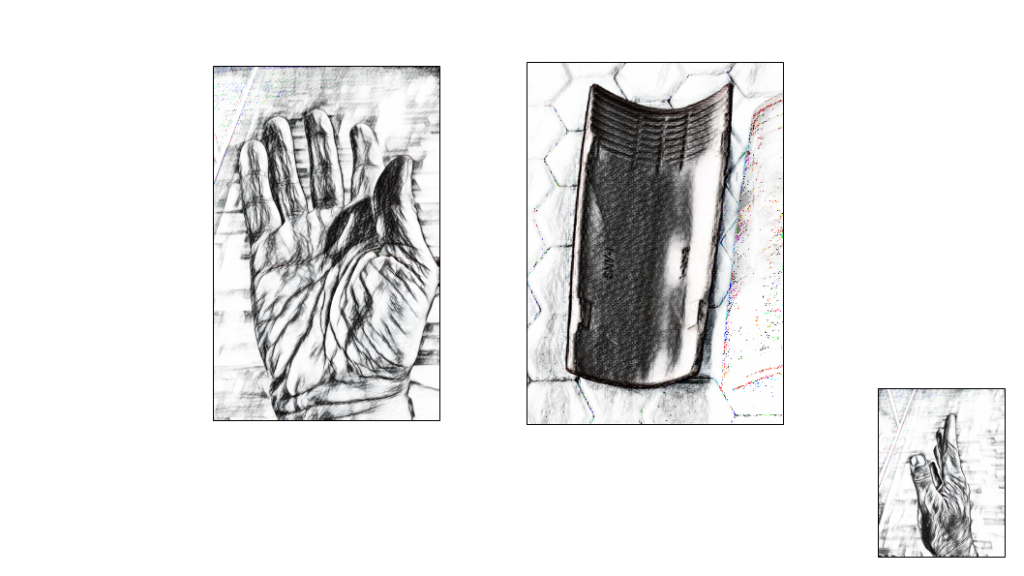
Why? Here are some reasons.
The fingers are closed together as if they were attached: in many techniques (for example, in Shang San Bu), hands are the body part closest to the opponent and could easily become the target for a potential attack. Keeping fingers spread-out-wide gives opponents (even one without skill) the opportunity to grab one, causing us pain.
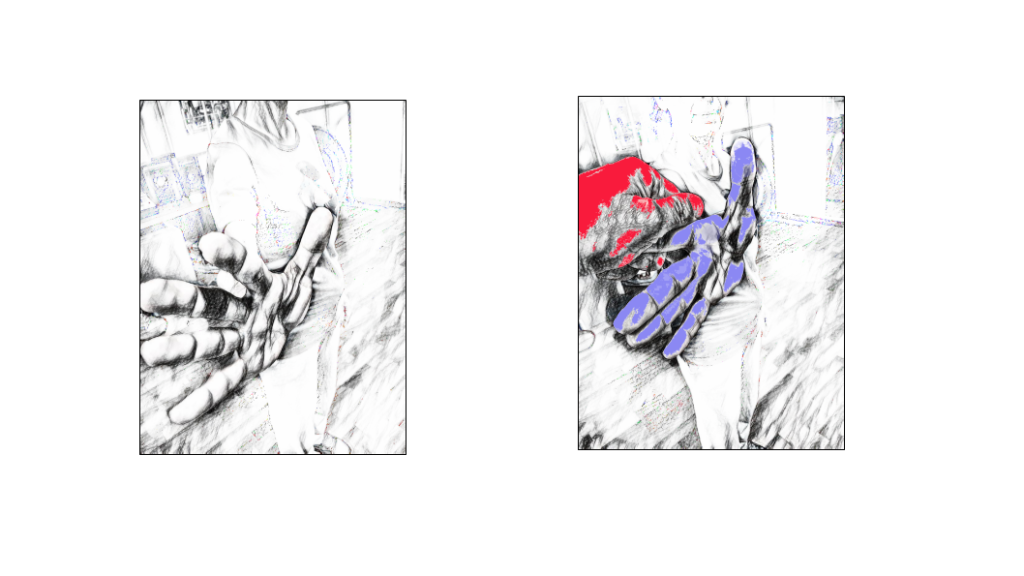
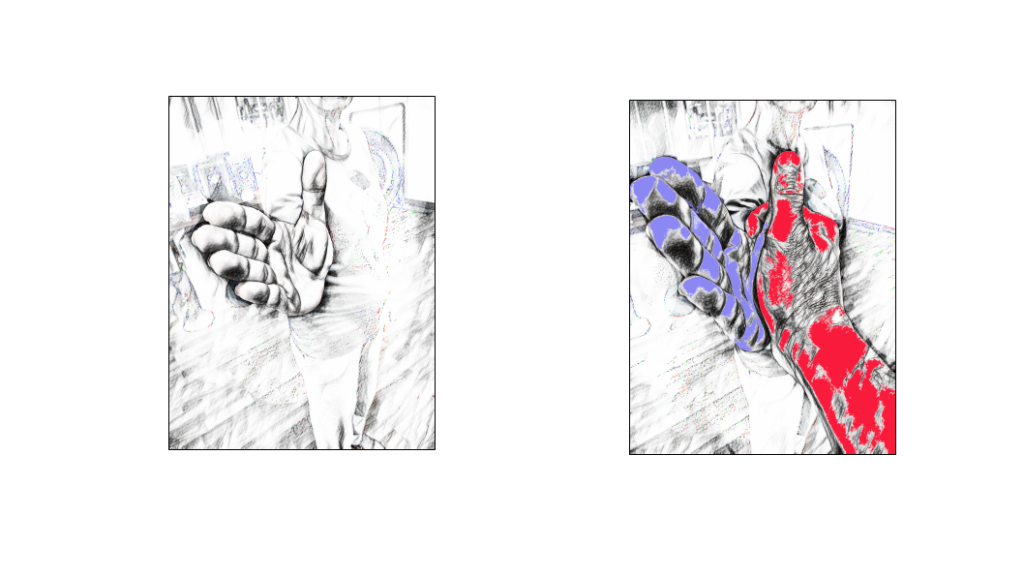
In order to reduce this possibility, fingers are extended and close together side-by-side; with this shape, fingers could also be used to hit (for example, in Bai She Tu Xin)
As a result of the ‘roof tile’ shape, the back of the hand slides: the convexity of the back of the hand help us to maintain contact with the opponent’s arm: our hand ‘rolls’ over opponent’s arm without detaching from him (ie, the Lu movement inside the Jin Gang Dao Dui technique); a stiff hand could push the opponent’s arm away (as depicted in the right side of following image), losing touch with him.
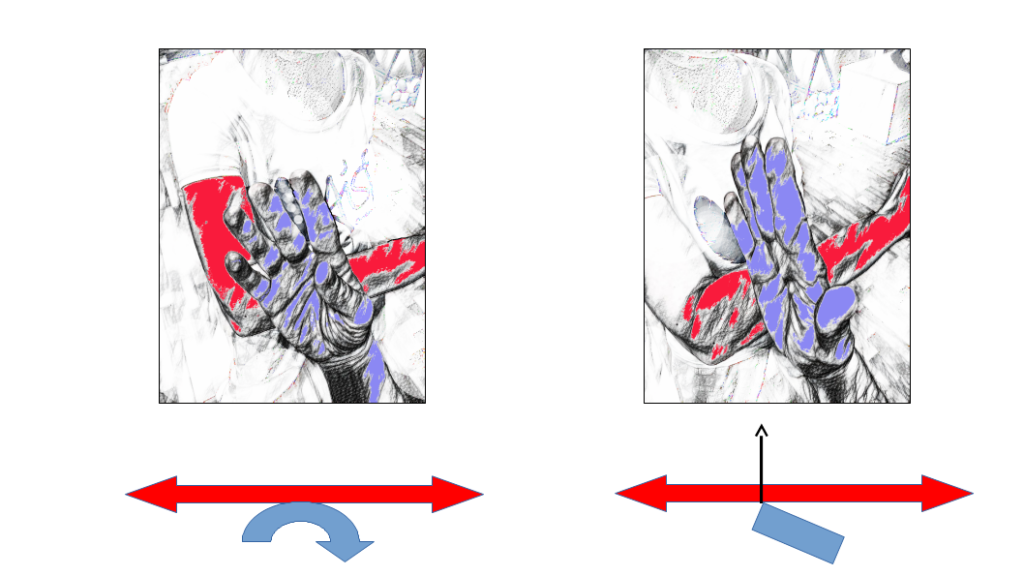
As a result of the ‘roof tile’ shape, the palm of the hand adheres: the concavity of the palm help us to adhere to the opponent’s arm; moreover, the closure between the external hand edge (little finger) and the base of the thumb both enhances the control over the opponent’s arm and can turn into an arm-lock; a stiff hand does not exercise any control and the adversary can easily go away from us (as depicted in the right side of following image)
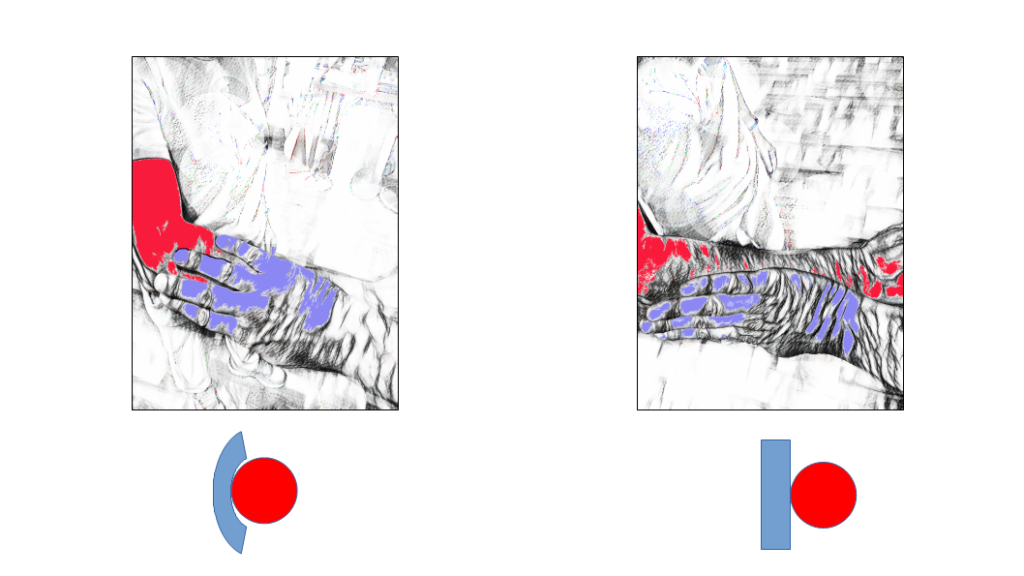
Thanks to Fulvia and Maria Luisa for their collaboration and for photos
